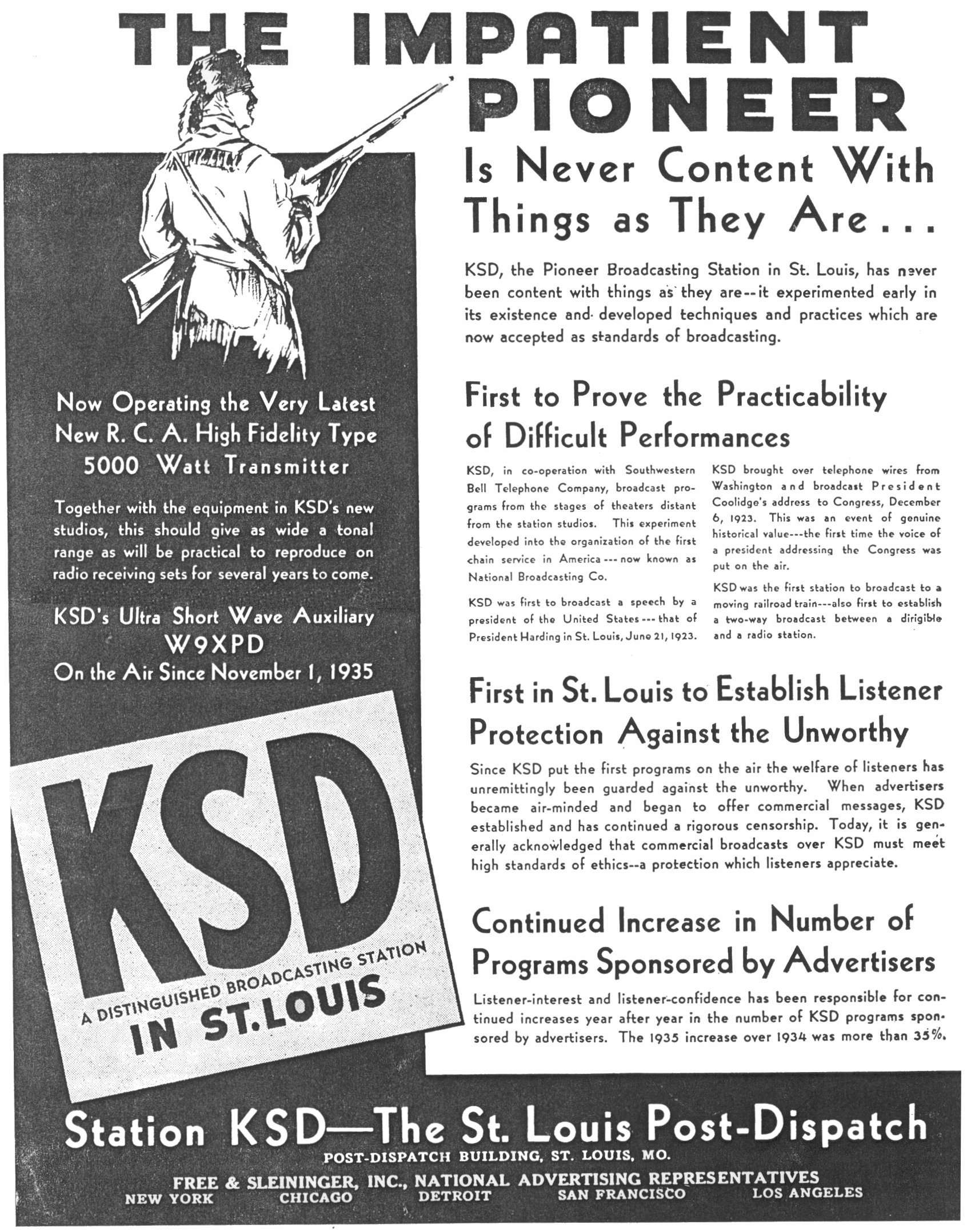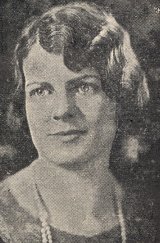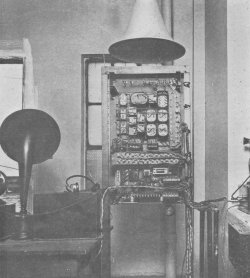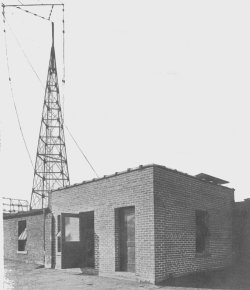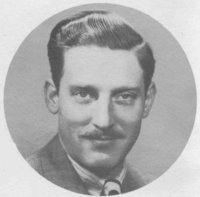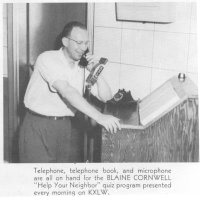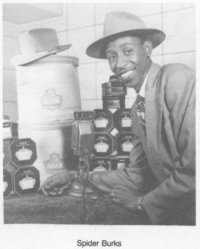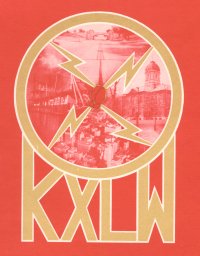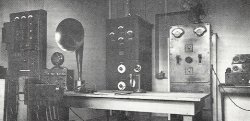Radio Articles
They Used To Take Requests
You’ve heard it before. The disc jockey gives the very distinct impression that you can call the station with your requests, and they might actually (gasp!) be played.
Most radio listeners are savvy enough to see through this scam today, but request radio actually can be traced back to the earliest days of the industry.
The first federally licensed station in St. Louis, KSD, based one of its earliest broadcasts on a request. In those days, there were few radio receivers. Only a couple dozen stations could be heard in 1921-22, and radio receiving sets were, for the most part, home made devices. But there were some amateur radio operators who took great pride in constructing larger, more-sophisticated electronic receivers. This is what led to the first all-request broadcast of KSD.
As outlined in the master’s paper of Luther Clark Secrest in 1960, the broadcast was staged on March 11, 1922, in a makeshift studio constructed in Room 301-B of the Post-Dispatch Building at 12th and Olive Streets just days after KSD was licensed. St. Louis’ Round Table Club, whose members were businessmen, had scheduled its regular meeting in the St. Louis Club Building at 3663 Lindell, some 25 blocks from the KSD studio, and the night’s entertainment was to center around listening to KSD on a special receiving set.
A representative of the group contacted KSD management, asking for “a program of entertainment” that the club members might enjoy. The ensuing broadcast even made a bit of radio history in St. Louis.
A lot of the standard content of early radio broadcasts was there. St. Louis talent was featured in the live musical presentations, including a piano solo, songs by the Peerless Mixed Quartet and Tremont Male Quartet, and tenor and soprano soloists. There were also a couple of readings and, as Secrest noted, “a portion of the broadcast was devoted to a reading of news scheduled for printing in the following day’s edition of the Post-Dispatch. Radio news in those early days, for the most part, comprised personal comments and views…KSD had an advantage, however, in that it could use the news-gathering facilities of the Post-Dispatch.” It also became the first St. Louis radio station to broadcast news, although WEW had been broadcasting weather and agricultural information.
In those days, the Post-Dispatch was an afternoon paper, and one can imagine that the publication’s management saw the new radio station as a vehicle to steer more readers away from competitive papers and toward theirs. But newspaper managers would also become leery of giving radio listeners too much news, lest the listeners decide they didn’t need to spend money for the paper when the news was free on the radio.
By all accounts, the March 11 broadcast built on the success of the previous ones. In addition to a positive response from the satisfied listeners at the Round Table Club meeting, letters and telegrams came in from as far away as Vandalia, Ill., about 60 air miles away.
Reprinted with permission of the St. Louis Journalism Review. Originally published 10/2007.)
